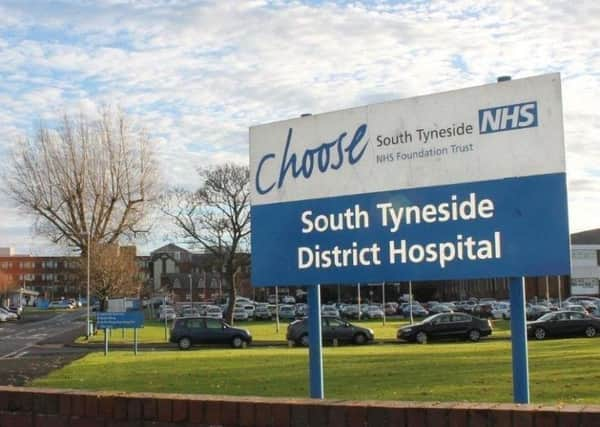South Tyneside NHS Foundation Trust '˜meets standards' during summer heatwave


Data from NHS England says recommended standards were met despite the summer heatwave putting more strain than usual on the service but doctors have warned that patient numbers would likely rise in winter.
The figure sshow that, on average, 240 out of 334 beds at South Tyneside District Hospital were occupied during the period - meaning 72% and below the threshold of 85%, when patient safety is considered to be compromised.
Advertisement
Hide AdAdvertisement
Hide AdThis is lower than five years earlier, when bed occupancy reached 80%.
Dr Sean Fenwick, director of operations at South Tyneside and Sunderland NHS Foundation Trust, said: “Despite the year round pressure that we continue to see across the NHS, our patients are frequently being seen and treated more quickly than those in the rest of the North East and in other parts of the country.
“This summer saw continued growing demand for NHS services and our teams in South Tyneside and Sunderland are doing a fantastic job to ensure that patients are seen, treated and discharged in a safe and timely manner.
“We do traditionally always see more hospital admissions during the winter, particularly amongst frail older people who are more vulnerable to illness.
Advertisement
Hide AdAdvertisement
Hide Ad“We have very robust plans in place to deal with these pressures, but would also appeal to the public to play their part in helping us to keep their local NHS running smoothly by using the right service and also taking all steps to protect themselves from illness this winter.”
Nationally, the proportion of occupied beds was 87%, compared with 85% five years earlier.
Amber Jabbal, head of policy at NHS Providers, which represents all trusts, said: “These figures show that the health and care system is already under strain going into winter.
“In our recent report Steeling Ourselves For Winter 2018-19, NHS trusts warned that they are heading into winter in a more challenging position than last year.”
Advertisement
Hide AdAdvertisement
Hide AdA British Medical Association spokesman said: “Since the summer of 2010, the NHS in England has lost 10% of its bed stock. It has the lowest number of beds since data started to be collected.
“Bed occupancy in 2018 has consistently exceeded the figures recorded the previous year, and while the recommended occupancy figure of 85% should be much more achievable during the summer months, this year it was almost 90% for general and acute beds.”
Professor Neil Mortensen, vice-president of the Royal College of Surgeons, said overcrowded hospitals can lead to increased infections rates for patients, and make it more difficult to contain flu outbreaks or vomiting bugs.
He added: “High bed occupancy rates can also lead to an increase in planned operations needing to be cancelled at the last minute, as there is not enough space in hospitals for new patients.”